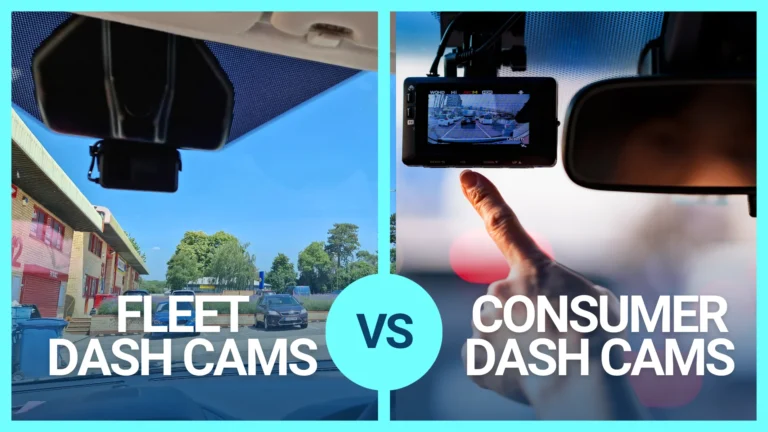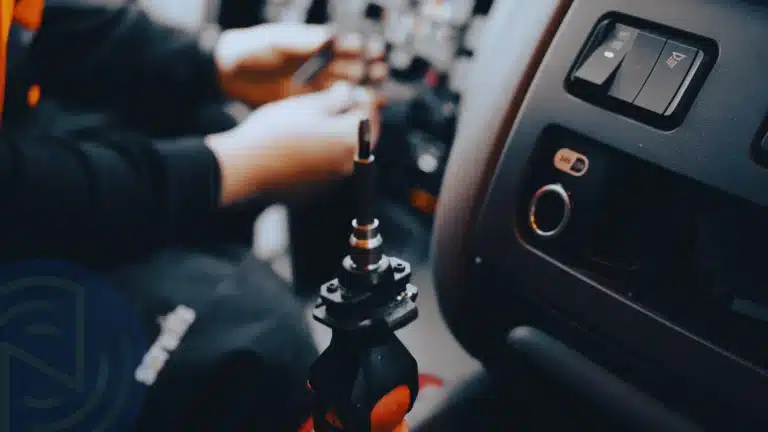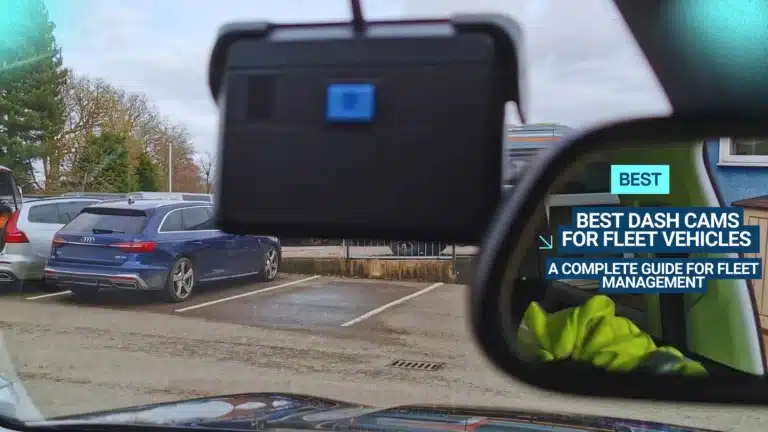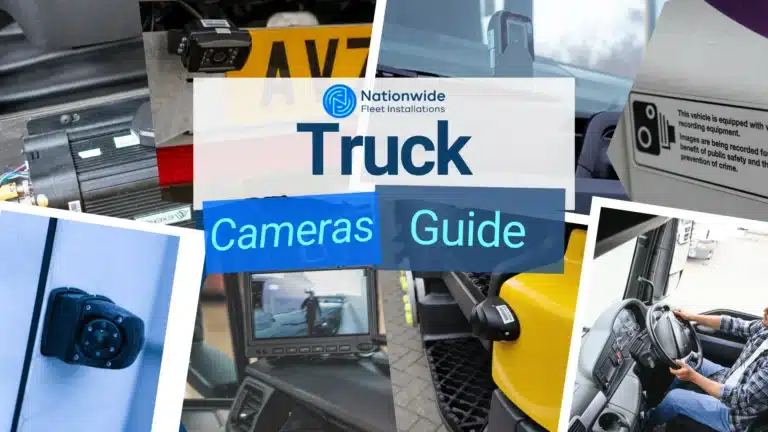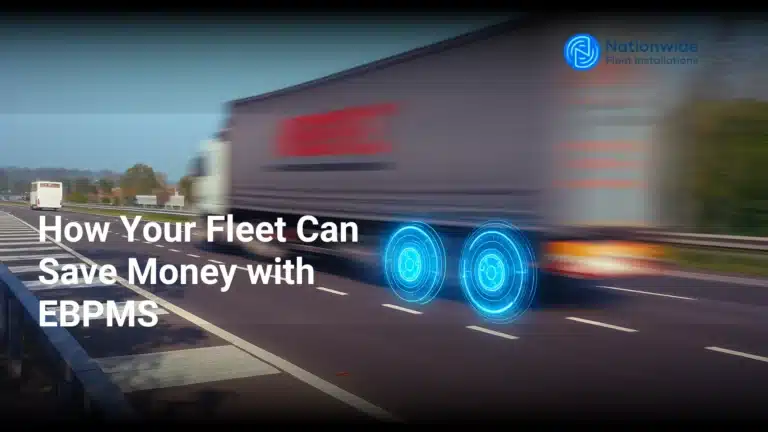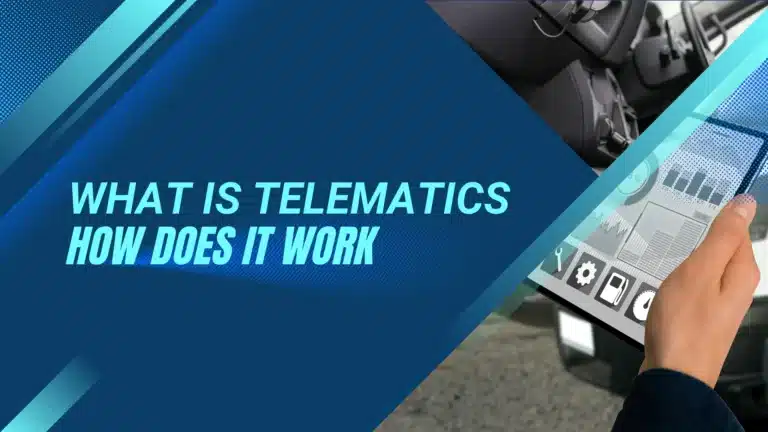Understanding Drivers’ Hours Rules
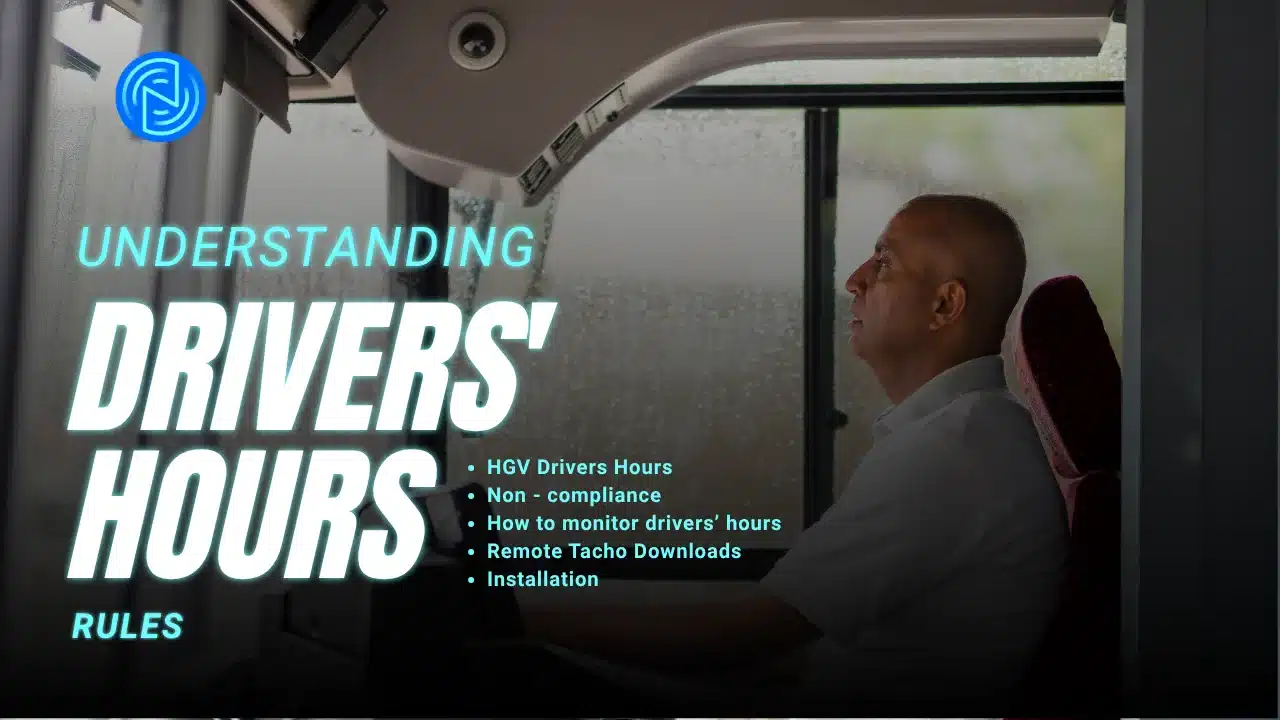
If you drive or manage a goods vehicle, bus, coach, or fleet in the UK, there are strict rules governing the number of hours drivers can work and the frequency of breaks they must take. These are known as the Drivers’ Hours. Staying compliant with these rules is not only a legal requirement but also essential for road safety and avoiding fines or penalties.
Fleet technology like remote tacho downloads, telematics and fleet tracking helps you collect driver data automatically, making it easier to stay on top of your responsibilities.
You can read the full guidance here: https://www.gov.uk/drivers-hours
Fleet operators
If you manage a fleet with drivers and other mobile workers, below are some of the responsibilities that you have
- keep drivers’ hours records for at least one year
- make sure they are properly trained and understand the rules
- organise their time so that they can follow the rules
- check your drivers’ hours records and data
HGV Drivers Hours:
- Daily Driving: Maximum of 9 hours, with an option to extend to 10 hours twice a week.
- Weekly Driving: Maximum of 56 hours.
- Fortnightly Driving: Maximum of 90 hours in any two consecutive weeks.
- Breaks: A 45-minute break is required after 4.5 hours of driving.
- Daily Rest: Minimum of 11 consecutive hours, which can be reduced to 9 hours up to three times between weekly rest periods.
- Weekly Rest: Minimum of 45 consecutive hours, which can be reduced to 24 hours no more than once between regular weekly rests.
- Split Rest: Daily rest can be split into two periods: at least 3 hours followed by at least 9 hours, both within a 24-hour window.
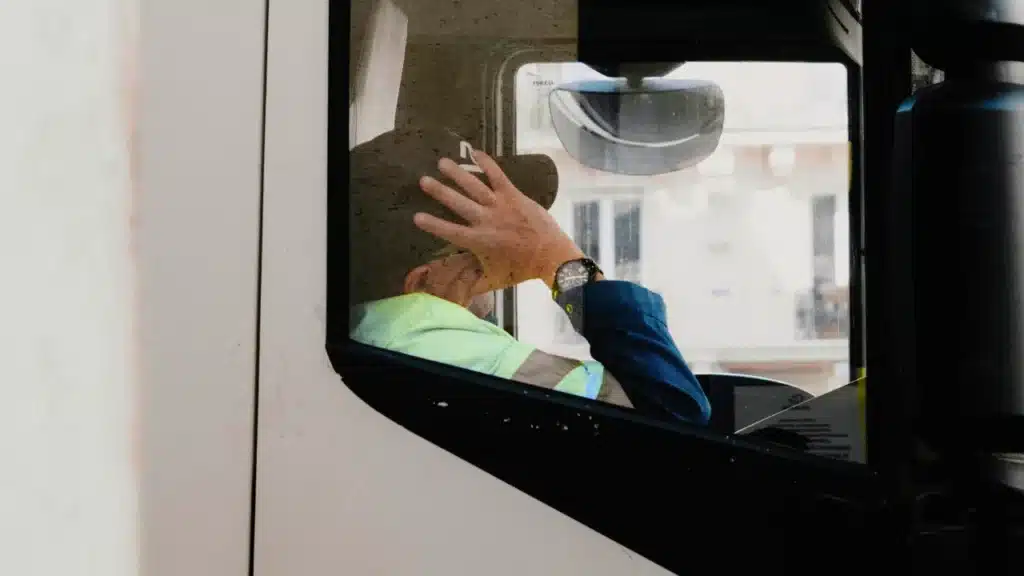
Consequences for not adhering to drivers’ hours
Before looking at the consequences, it’s important to understand why the Drivers’ Hours rules exist. If drivers are behind the wheel for too long without taking proper breaks, whether by choice or due to pressure to meet delivery deadlines they risk becoming fatigued.
Driver fatigue, or drowsy driving, is a serious safety issue. It leads to slower reaction times, reduced attention, and a higher likelihood of losing control of the vehicle. According to RoSPA, fatigue-related crashes caused over 430 deaths or serious injuries and 1,276 collisions in 2023.
That’s why Drivers’ Hours rules are in place; they’re a preventative safety measure. Unlike telematics or driver-facing cameras, which detect fatigue as it’s already happening, these rules are designed to reduce the risk of fatigue and stop fatigue before it starts.
Failing to follow them increases the risk of accidents, which can lead to:
- Higher insurance premiums
- Costly vehicle repairs and downtime
- Drivers not being able to perform their duties due to injury
- Causing danger to other road users
- Potential legal and reputational damage
In short, ignoring Drivers’ Hours doesn’t just break the rules, it puts your drivers, vehicles, and business at risk.
On the fleet compliance side, failing to follow the Drivers’ Hours rules can result in serious penalties. If drivers exceed their permitted hours or fail to take required breaks, both the driver and the operator can be:
Penalties for serious or dangerous offences include:
- a prohibition notice – for serious or dangerous offences
- a fine or points on your licence (‘fixed penalty’) – the amount depends on how serious the offence is
- your vehicle being immobilised if it’s a danger to road safety – you’ll have to fix the problem and pay a release charge
Other penalties include things like:
- an offence rectification notice – for offences that are not a risk to road safety
- a verbal warning – for minor offences
How to monitor drivers’ hours
To comply with drivers’ hours legislation, it’s crucial to monitor your fleet to ensure that the rules are being followed. To do this, you need digital tachographs and drivers’ cards. These electronic devices will automatically record driving time, rest periods, and individual driver data. Tachographs are installed in vehicles and are essential hardware for fleet compliance.
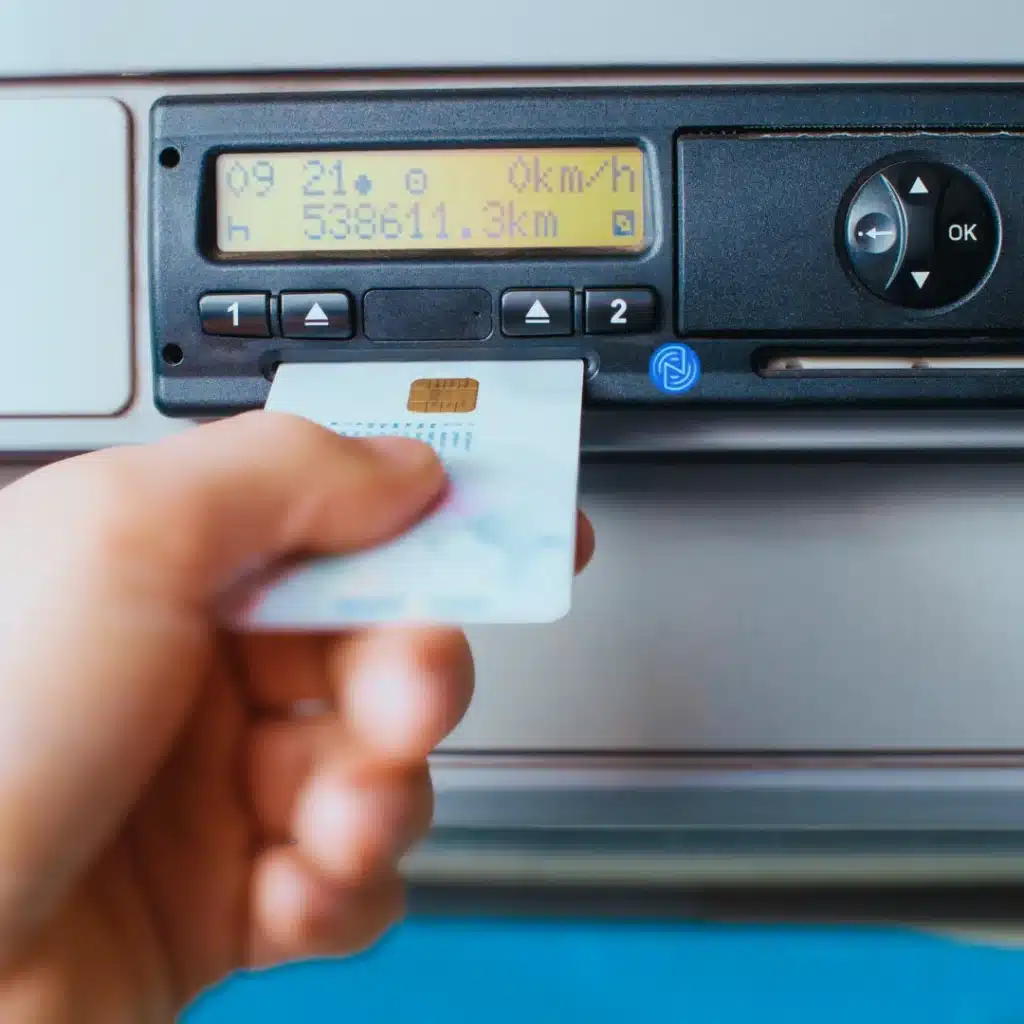
Limitations of Tachographs
Tachographs play a crucial role in ensuring compliance with drivers’ hours, but they often require significant manual input and processing. Before the advent of digital systems, analogue tachographs used physical charts (discs) that drivers had to manually replace and submit for analysis. These factors can make traditional tachographs impractical for growing and larger operators with multiple vehicles.
Physical retrieval of data:
To download data from the digital tachograph unit and the driver’s card, you must access each vehicle in person. This often requires the vehicle to return to the depot, the responsible person to be available at work, or staff to travel to the vehicle’s location. These requirements contribute to increased fleet running costs and administrative time. Additionally, with transport managers already managing a heavy workload, this task adds to their responsibilities, and they have to remember to complete it.
For fleets with vehicles operating internationally or away from base for extended periods, this process could be logistically complex and expensive. Some companies even had to send staff to distant locations or wait for vehicles to return to base to ensure compliance.
Technical knowhow
In order to extract data from the tachograph unit, an additional device must be connected, or the driver card needs to be inserted into a reader. This data is then taken to a computer and imported into software for analysis. While this process may seem straightforward, there are several challenges involved. Issues with connection, technical difficulties, and a steep learning curve can increase the potential for errors and also extend administrative time. Additionally, staff training is necessary to ensure everyone knows how to perform these tasks correctly.
Why Remote Tacho Downloads Are an Ideal Solution for Fleets
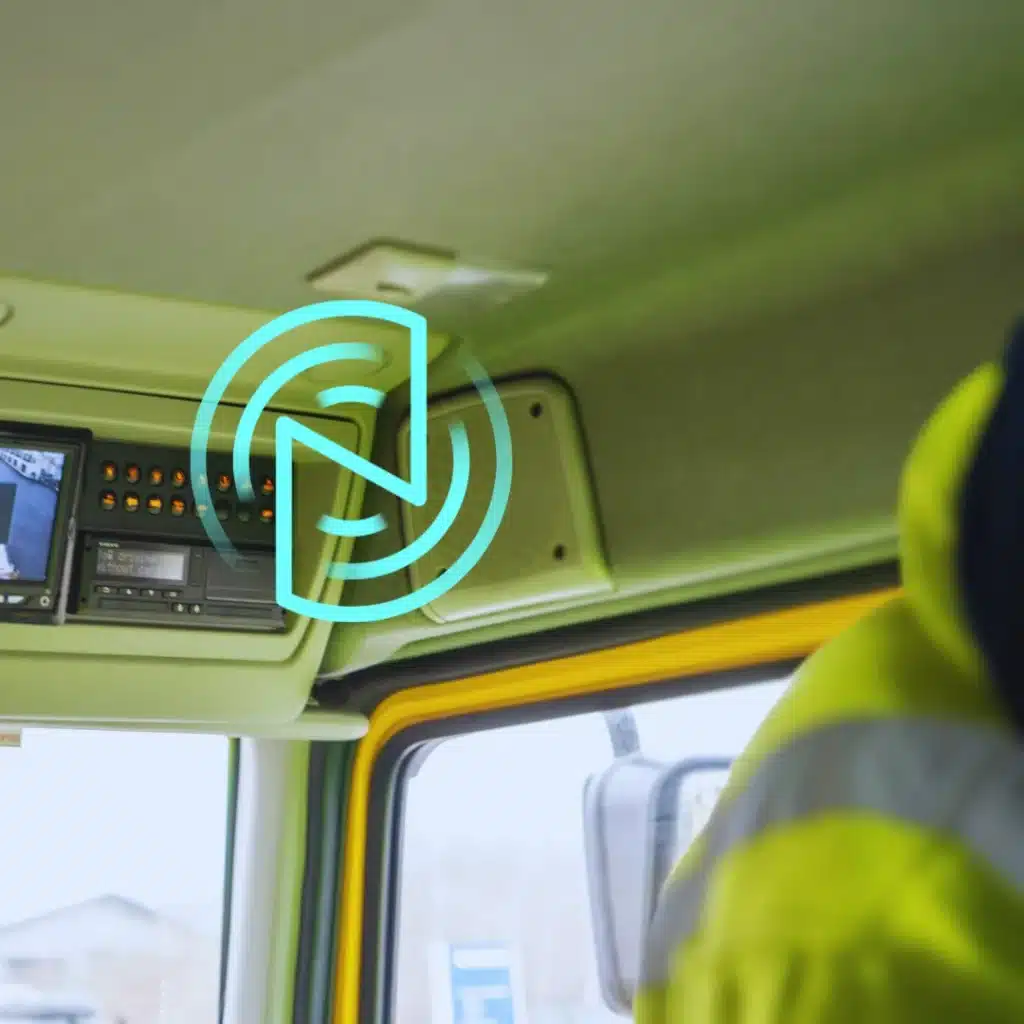
Remote tacho downloads make compliance much simpler for fleets, getting rid of many of the headaches and reducing the associated risks that come with manual data collection. They can also be integrated into your existing telematics systems, so you can have everything in one place: fleet tracking, fuel monitoring, video telematics, fleet management, and tacho downloads all together.
No Need for Physical Access
With remote tacho downloads, there’s no need to physically access your vehicles or the tachograph heads. All the data is accessible via your chosen platform, depending on the solution you use. This is especially useful for fleets with a wide geographical coverage, with depots and vehicles spread across the country or running international routes.
Automated
Data downloads can be fully automated, so there’s no risk of forgetting to collect the data. If there is a problem, the system alerts you in a timely manner so you can take action. Rather than finding out, there is a problem at the point, you need the data for an audit. Everything is downloaded automatically, which helps you stay compliant and saves both time and money.

Choice
There’s a wide variety of remote tacho download solutions on the market, so you can choose the one that best suits your fleet and vehicles. Many options are customisable, with different configurations depending on the type of vehicles you operate. If you already use telematics or fleet management software, it’s worth asking your provider if they can add a remote tacho download module, it’s often a straightforward upgrade.
Installation
As with any innovation or technology, setting it up may sound complicated, but telematics installation companies like ours can take care of everything for you. We support fleet managers by installing and configuring the right solution in your vehicles, so you don’t have to worry about the technical side. We often work on behalf of fleet management providers to help install the hardware and configure it for their end customers.
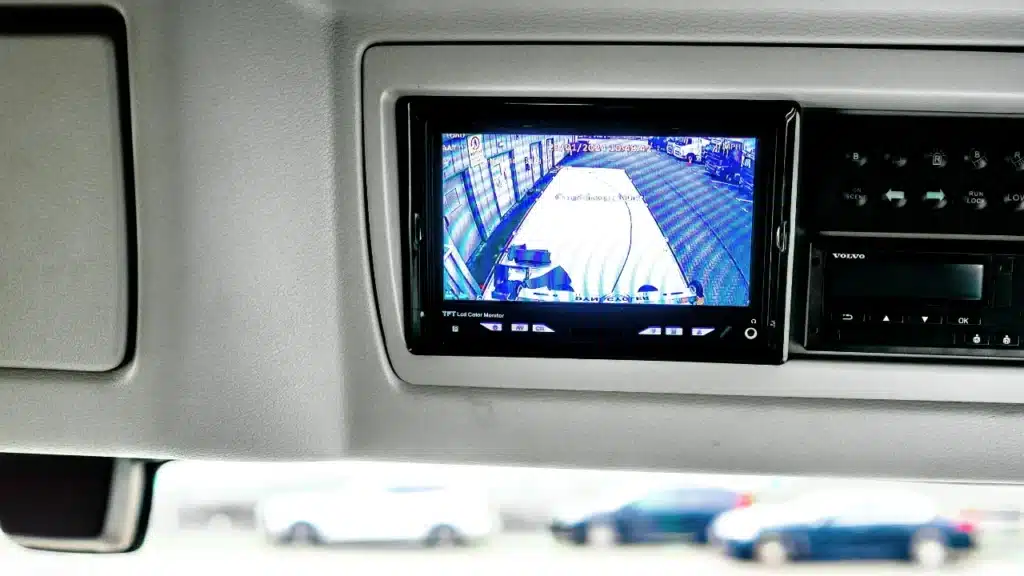
Security
Remote tacho downloads are secure, with data encryption available to protect your information. The systems use secure authentication methods, such as company card hosting, to make sure only authorised people can access the data.
Driver Convenience

Remote tacho downloads are also much more convenient for drivers. In the past, drivers had to remember to bring their cards into the office or regularly check in with fleet managers. Now, because downloads happen automatically, there’s little or no involvement needed from drivers; they can focus on the road, knowing compliance is being handled in the background.
Real-Time Data
Depending on the system you choose, data can be available in real time or near real time. This means you can monitor your fleet more effectively, see driver activity as it happens, and make smarter decisions for your business.
Legal Compliance
Remote tacho downloads are fully compliant with UK and EU regulations, provided the system you use meets the technical and security standards required by law. This includes regular downloads of driver card data (every 28 days) and vehicle unit data (every 90 days), with secure storage and analysis to keep your fleet on the right side of the rules.
Need help installing remote download hardware across your fleet?
Do you need a reliable partner to install your remote download solution into customer vehicles or for your fleet? Our team can support you with this. With our mobile field engineering team, we rapidly deploy technicians to most locations in the UK. Get in touch with us today for more information or to book a consultation!

